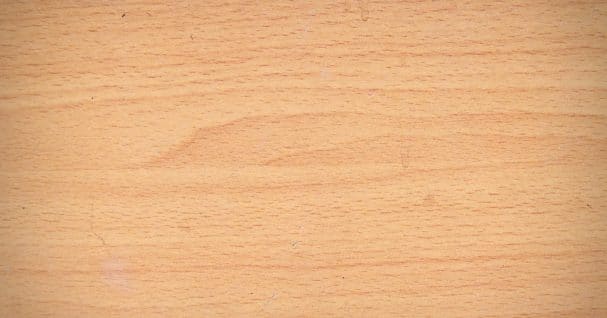
Medium Density Fiberboard (MDF) is a popular, affordable wood product used in cabinetry, shelving, and furniture. But is MDF waterproof? Not by default. While it’s easy to work with and durable in dry environments, standard MDF is vulnerable to swelling and damage when exposed to moisture. That’s why knowing how to waterproof MDF is essential for projects in kitchens, bathrooms, or laundry rooms.
Why Waterproof MDF for Moisture-Prone Areas?
MDF isn’t naturally waterproof—but you can make it moisture-resistant. There are two ways to protect MDF from water damage: purchase Moisture Resistant MDF (MR MDF) or seal standard MDF yourself. Keep in mind, even with treatment, MDF becomes moisture resistant, not fully waterproof. It can still swell or warp when exposed to heavy or standing water.
Option 1: Use Moisture Resistant MDF (MR MDF)
The easiest way to ensure protection is to start with MR MDF, designed for humid environments like bathrooms or kitchens. It’s manufactured using water-repellent resins and is ideal for cabinetry or trim work near sinks and appliances. While MR MDF costs more than standard MDF, its durability in damp areas makes it worth the investment.
Option 2: How to Make MDF Waterproof Yourself
If you’re working with regular MDF, here’s how to make it waterproof with sealants or water-resistant paint. Proper sealing helps protect the board from absorbing moisture and prolongs its lifespan in high-humidity areas.
Steps to Seal and Waterproof MDF
1. Apply MDF-Compatible Primer
Start with a high-quality primer made for MDF or latex-based applications. Use a 3/8-inch paint roller to cover flat surfaces and a brush for edges and corners. Let the primer dry for at least six hours.
2. Use Waterproof Paint or Sealant for MDF
Next, apply a waterproof paint for MDF or a top-rated sealer like polyurethane or varnish—avoid water-based polyurethane, which may not adhere well to MDF. Use the roller and brush method again. Drying typically takes four hours.
3. Apply a Final Protective Coat
Apply a second or final layer of sealant or waterproof MDF paint. Let the board dry completely—ideally for 48–72 hours—to achieve maximum moisture resistance.
Best Sealers and Paints for MDF Waterproofing
If you’re wondering about the best sealer for MDF, opt for oil-based polyurethane, acrylic latex paint, or shellac-based primers. These offer durable protection against humidity. Be sure to coat edges and corners thoroughly, as these areas absorb moisture most easily.
Using MDF in Bathrooms
MDF can be used in bathroom projects if it’s properly sealed or moisture-resistant. It works well for vanities, cabinet doors, and trim—but make sure it’s never exposed directly to water and that all surfaces are fully sealed for protection.
Protecting MDF from Water Damage
Knowing how to seal MDF or selecting MR MDF can help extend the life of your project in humid areas. Whether you’re working on a DIY bathroom shelf or installing kitchen cabinetry, waterproofing MDF adds valuable durability and moisture protection.



